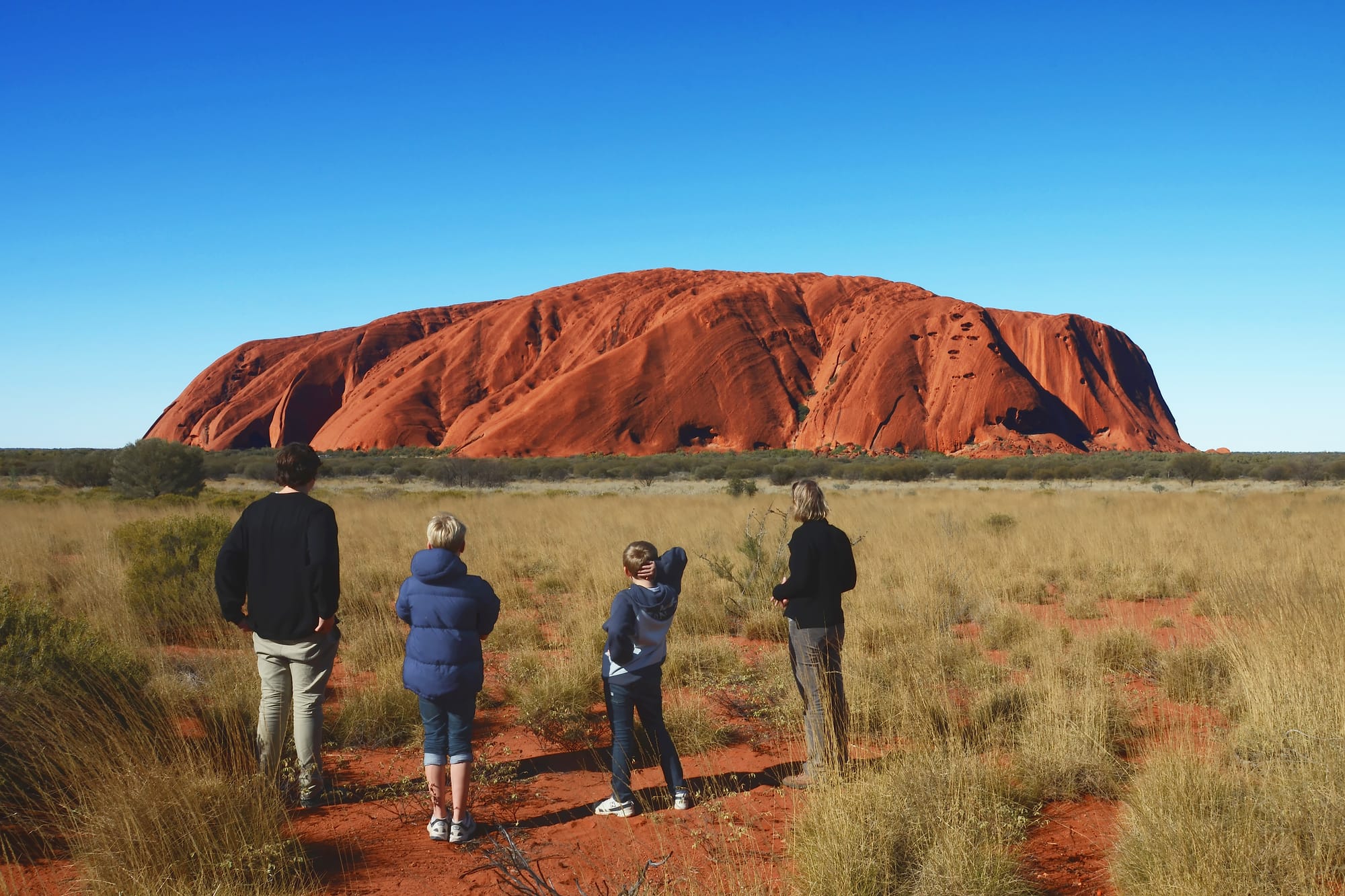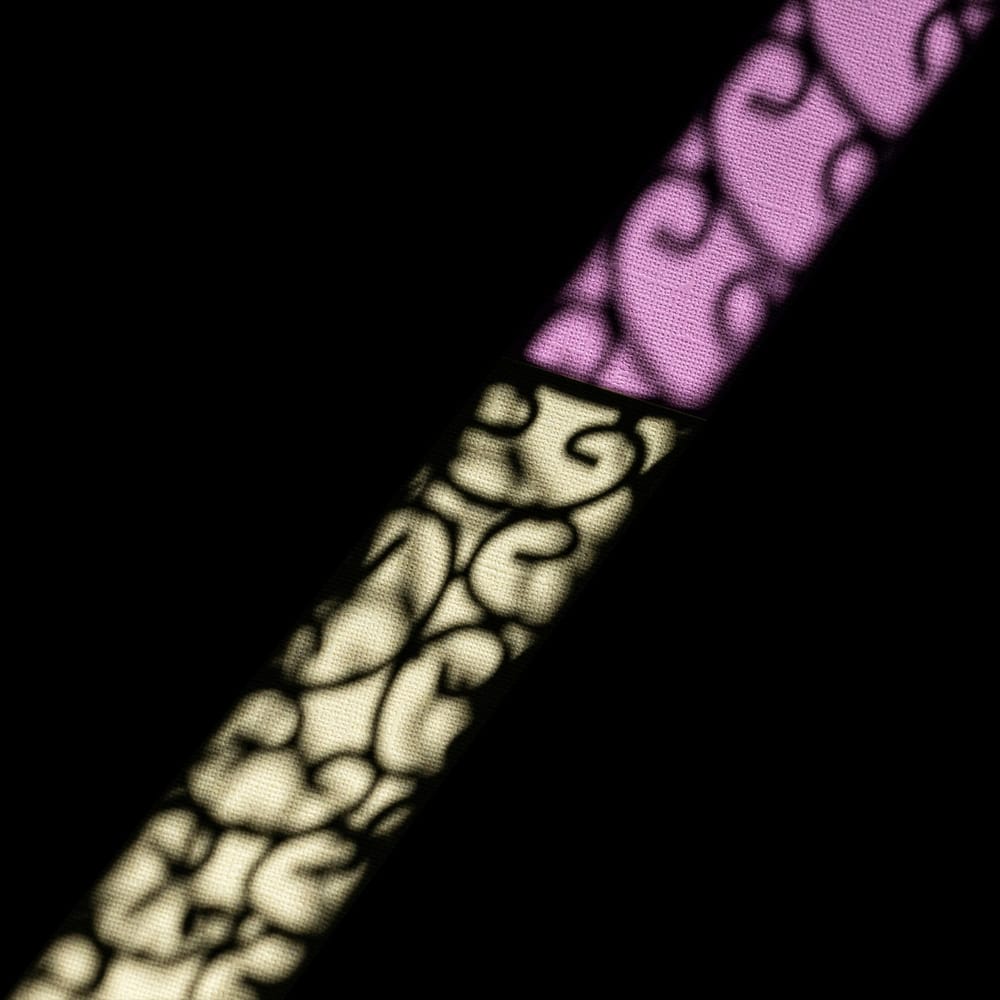Uluru is one of Australia's most iconic sites. Recognised worldwide for its bright red colour, the monolith that rises from the flattest of deserts attracts thousands of visitors each year, both local and international.
Most tourists travel to Uluru to admire the unique rock formation and photograph a landscape that doesn’t exist elsewhere. The symbolic importance of the site for the Anangu people, the group that first populated these lands thousands of years ago, is often neglected, leading to behaviour that has often been deemed as disrespectful.

In 1985, the Australian government returned the land rights to the Anangu community. Given the cultural significance of the site, however, an agreement was made so that the area could be used as a National Park open to visitors. Today, the Uluru - Kata Tjuta Park is managed by Parks Australia and its dedicated board of 12 members, eight of whom are indigenous.
Climbing Uluru was made illegal in 2019, after decades of protests by the Anangu community. According to traditional mythology, Uluru emerged during Dreamtime, the era of creation, and is still home to spirits and divinities who occupy the many caves under the rock. For the indigenous community, climbing the monolith is like trampling on the gods it represents.
Despite the climbing ban, many photos taken by tourists from the top of Uluru are still visible on Google Maps. In September 2020, the Anangu community and Parks Australia submitted a request for the images to be removed. Google agreed to tackle the issue and is taking steps to cancel the content related to the climbing of the sacred rock.

The Uluru case is a classic example of how photography can influence the wrong kind of actions. While, on the one hand, landscape shots of the incredible Australian desert can provide inspiration and educate people about a remote corner of the world, sharing an experience without accounting for context can produce a harmful imitation effect.
How can we reduce the negative impact of oversharing? By avoiding geotagging, explaining the story behind a shoot, and asking ourselves what a picture can represent for others we can become more responsible photographers.







